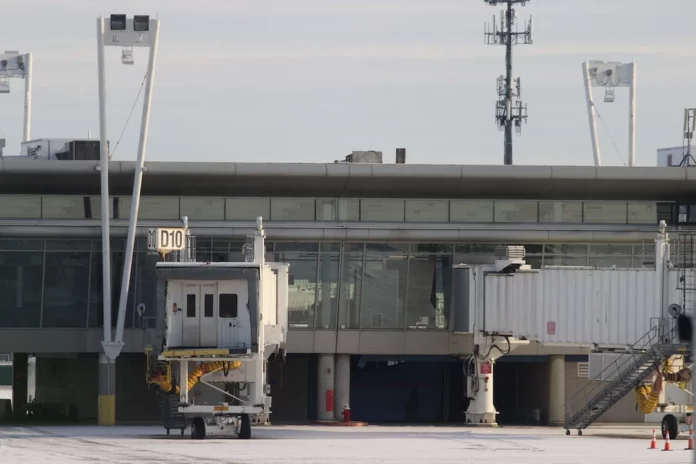The height above airport, also known as HAA, is an important term in aviation that refers to the vertical distance between an aircraft and the level of the airport’s surface. It is often used for navigation and instrument approach procedures, and is a crucial factor in determining safe and efficient flight operations.
In this article, we will delve deeper into the concept of height above airport in aviation, exploring its significance, applications, and how it is calculated. So let’s take off and soar into the world of HAA!
Contents
Understanding Height above Airport (HAA)
The height above airport (HAA) is a measurement that indicates the vertical distance between an aircraft and the airport’s surface. This value is particularly important during instrument approach procedures, allowing pilots to maintain a safe altitude above the ground or obstacles as they descend towards the runway.
HAA is calculated based on the elevation of the airport and the terrain surrounding it. The elevation is the actual height above mean sea level (AMSL) of the airport’s surface. It serves as the reference point for measuring HAA. The terrain surrounding the airport, which includes hills or mountains, must also be taken into account when determining the HAA to ensure safe obstacle clearance.
To put it simply, the HAA is the height at which an aircraft should be flying above sea level in order to maintain specific obstacle clearance or instrument approach criteria.
Applications of Height above Airport
The concept of height above airport (HAA) is primarily used in instrument approach procedures, where pilots rely on specific altitude requirements to safely descend towards an airport and establish visual contact with the runway. It ensures that aircraft maintain a safe distance above the ground and any obstacles in the vicinity.
Furthermore, HAA is crucial for pilots during missed approach procedures. In the event that the aircraft cannot continue its descent to the runway, the missed approach procedure provides a safe course of action to navigate away from obstacles and return to a designated altitude to fly until an alternate plan can be established.
Another important application of HAA is terrain avoidance. By knowing the HAA, pilots can make informed decisions about suitable altitude levels to avoid obstacles and maintain safe flying conditions. This is particularly important when flying in mountainous regions or areas with challenging terrain.
How is Height above Airport Calculated?
The calculation of height above airport (HAA) involves determining the difference between the altitude of the aircraft and the elevation of the airport, taking into account any terrain obstacles that need to be cleared.
The following steps outline the general process of calculating HAA:
- Obtain the aircraft’s altitude above mean sea level (AMSL).
- Determine the airport’s elevation, which is the height of the airport’s surface above mean sea level.
- Consider any relevant terrain obstacles near the airport, such as hills or mountains.
- Subtract the airport’s elevation and the height of any obstacles from the aircraft’s altitude above mean sea level to obtain the HAA.
It is important to note that the calculation of HAA is a crucial part of flight planning and navigation, as it ensures safe clearance of obstacles and adherence to established approach procedures.
Conclusion
In the world of aviation, height above airport (HAA) plays a vital role in ensuring safe and efficient flight operations. It serves as a reference for pilots during instrument approach procedures, allowing them to maintain a safe altitude above the airport’s surface and surrounding terrain.
By understanding the concept of HAA and its applications, pilots can navigate through obstacles with confidence, make informed decisions about altitude levels, and prioritize the safety of their flights.
So the next time you’re soaring through the sky, remember the importance of height above airport in aviation!
For More: What is EFIS in Aviation? (Electronic Flight Instrument System)




